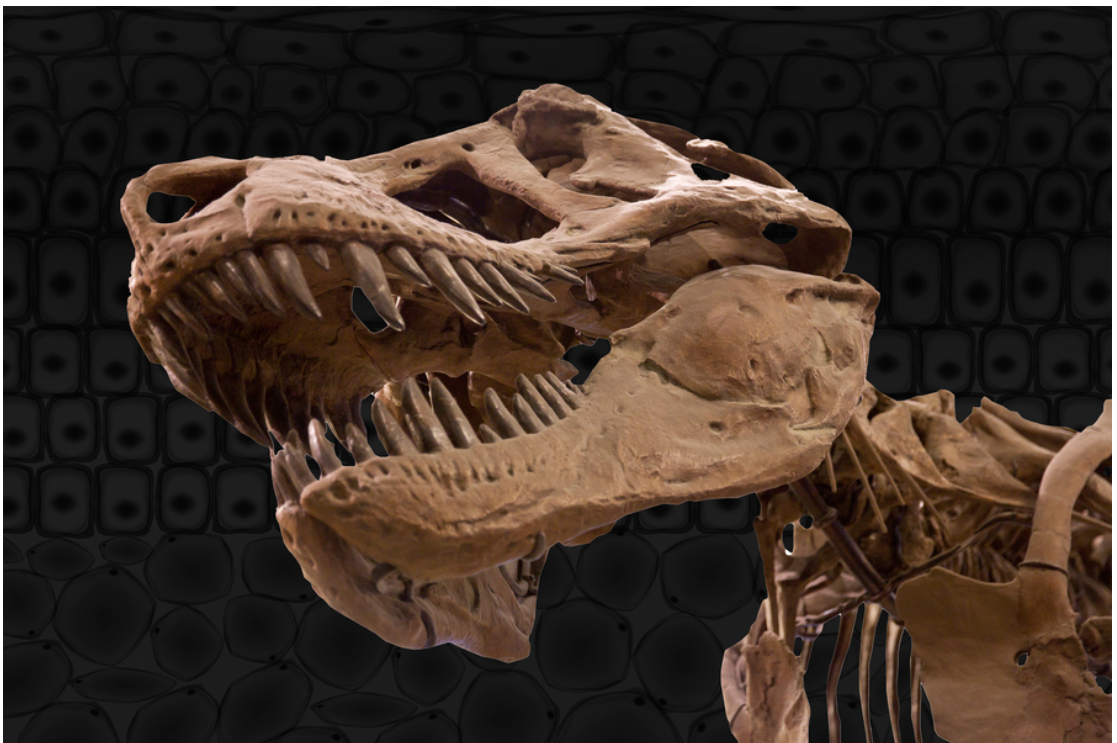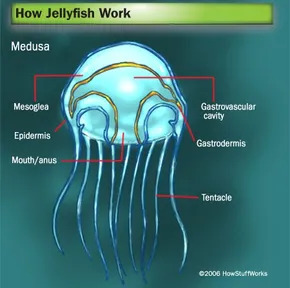Tyrannosaurus Rex, or T-Rex, was one of the biggest and most dangerous land predators to have ever existed. Interestingly, reports suggest that the first product could be available by year’s end. They claim this next-gen material could be a high-quality, cruelty-free, and eco-friendly alternative to standard leather. Collagen is a protein present in bones, skin, muscles, and various other bodily tissues.While it was previously believed that dinosaur DNA wouldn’t survive for millions of years, recent discoveries have found collagen preserved in various dinosaur fossils, including an 80-million-year-old T Rex.
In 2023, Lab-Grown Leather became the first biotech company to successfully culture fully natural animal skin, and now believes it can use its technology to recreate T-Rex hide. The team believes the leather will be tough and durable, and hopes to have its first product available by the end of the year. scientists managed to recreate the biochemical and biophysical cues that occur in the body to make the cells spontaneously arrange themselves in the correct pattern. It means that there is no need to use animal-derived serums to help kick off the growth process or blends and fillers that other synthetic meat and skin companies need, which prevents products from feeling natural.
Fossils suggest that T-Rex skin was scaly, rather than having feathers like many dinosaurs, so the result is likely to be close to that of modern reptiles.The experts are working alongside VML, a Netherlands-based innovation company, which helped to create the first meatball made from the DNA of a woolly mammoth in 2023.The team took the DNA sequence for mammoth myoglobin, a key muscle protein in giving meat its flavour, and filled in the gaps using elephant DNA.”With T-Rex leather, we’re harnessing the biology of the past to create the luxury materials of the future,” said Bas Korsten, the global chief creative officer at VML.“This ground-breaking collaboration represents the intersection of creative innovation and cutting-edge biotechnology, much like we did with our mammoth meatball project.”
RELATED STORIES:






